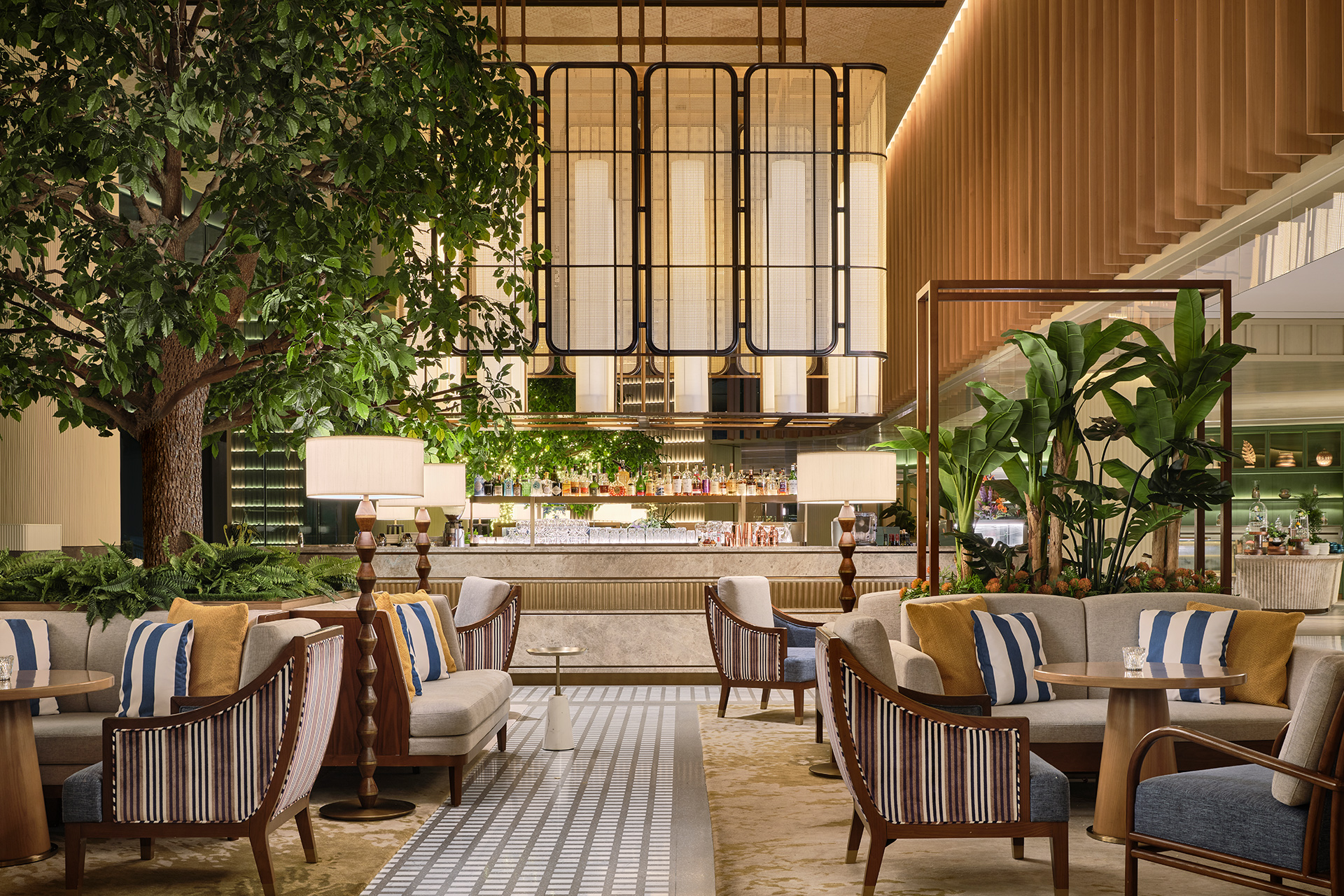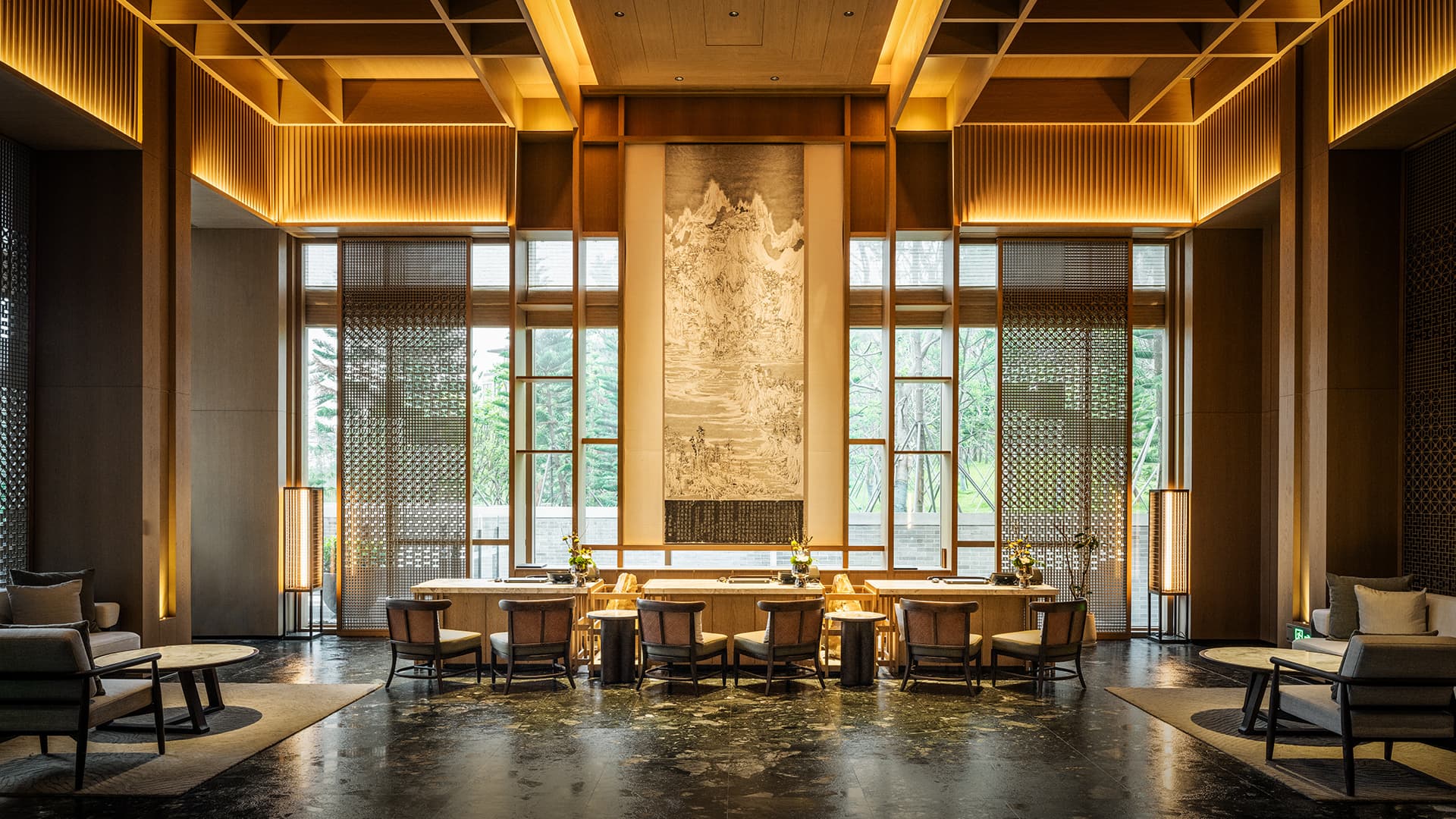The Clash of Generations: Designing for Family Businesses
In this latest edition of his thought leadership series, Clint Nagata reflects on the layered complexity of designing for family-led ventures. He explores how generational transitions shape not just the narrative of a space, but the legacy it carries, and why navigating the delicate balance between heritage and evolution is as much about listening as it is about leading.

“Legacy is a powerful thing. It’s what builds trust, reputation, and emotional connection across generations. But when it comes to family businesses, legacy can also make change harder than it needs to be.”
I’ve seen it first-hand: a founder’s original vision still casts a long shadow, even when the second or third generation steps in with new ideas. The intention is always honourable, to evolve, modernise, stay relevant. But in reality, it’s often a negotiation between tradition and innovation, nostalgia and necessity. Between the generations themselves.
At BLINK, we’ve been invited into these transitions; and we quickly realised our role is not only to design spaces, but to help write the next chapter of the family story.
When Visions Collide
We’ve worked with families where the children are the face of the project, pushing for bold, future-forward ideas, only for the founder to quietly step back in and override it all. In other cases, the parents have deliberately stepped aside, giving the next generation room to shape something new.
Over time, we’ve learnt that real success depends on alignment, on the design and on the long-term vision. One of the most challenging moments in any family business project is when these visions don’t align. For example, the founder may want to preserve a specific aesthetic, while the next generation wants to start fresh. We’ve seen this tension play out from Europe to Southeast Asia.
In one case, we designed a proposal led by the children: young, progressive thinkers who wanted to break away from their father’s traditional brand. We aligned with their vision, and they loved the direction, but in the end, the father still held the power. So, the project went with the safer, more familiar choice. We didn’t win that one, but we learned a lot.
On the flip side, in Hong Kong, we partnered with the second generation of a well-established hospitality brand, where the father trusted their vision. The result? Fullerton Ocean Park: distinct, modern, and still respectful of the brand’s roots. That’s a great example of when the magic happens.
“At BLINK we’ve learned how to navigate these situations, to read between the lines and make sure everyone on the design journey feels heard. Ideas will come from all generations, and it’s about understanding we are designing with the past, and for the future.”
It’s Personal
When working with family-run businesses, design means more than function or beauty. It has to feel personal. These aren’t faceless corporations, they’re legacies with stories passed down.
That’s where storytelling becomes critical; as a way to honour who they are and what they’ve built, while still giving them room to evolve.
We’ve seen this in our work with the Banyan Group, a family business at its core, but one with global ambition. With Banyan Tree Dubai, we weren’t just creating a new flagship; we were helping reframe the brand for a new audience, in a very different cultural and urban context. The challenge wasn’t aesthetic, it was emotional: how do you maintain the essence of Banyan in the middle of the Dubai skyline?
We brought that sense of sanctuary and stillness into the design, a kind of urban retreat that still holds the spirit of the original brand. It’s not obvious. You won’t see big statements or motifs, but it’s there in the way light moves through the space, in the materials, and in the mood.
With Banyan Tree Dongguan, it was different again. That project was deeply tied to the land, to the Lingnan cultural roots of the area, and to the founder’s commitment to staying authentic in the face of rapid change. We designed a resort that doesn’t just sit in its surroundings, it belongs to them. Again, the story is layered into the details but never overstated.

“That’s what we aim for: design that reflects the place and the people behind it.”
Why It Matters
When families pass their businesses on from one generation to the next, there’s always a risk of losing the emotional thread. But if we can translate that thread into the space itself, it becomes something they can all hold onto.
Whether it’s a boutique hotel or a multi-property portfolio, every family business has a story, and I believe that the job of design is to bring that story to life. Design becomes a bridge, and that connection can be the most valuable thing of all.
For family businesses in transition, the stakes are high. The next generation isn’t looking to simply renovate, they’re trying to redefine, and that means every design decision needs to serve both brand and business.
Too often, businesses stick with what’s safe. But in today’s landscape, relevance fades fast, and if the space doesn’t feel fresh and timeless, people move on to something new. That’s why we always push for design that feels distinctive and deeply authentic to the client and the place. Design that will speak to the new generation of guests, without alienating the past.
Done right, design becomes so much more than just a facelift, it becomes a future-proofing tool that allows the brand to evolve without losing the foundation of trust it was built on.
Let Go to Grow
I’ve learned that designing for multi-generational businesses isn’t just about spatial solutions; perhaps more than any other type of project, it’s emotional, strategic, and deeply human. Our job is to listen to all sides and to truly understand the weight of what’s come before, and the urgency of what’s coming next. It’s about finding the common ground between the two.
It doesn’t always end up obvious, sometimes it’s in a subtle detail like a colour, a material, a layout that echoes a family memory. Other times, its bolder, like a reimagined brand identity that still holds a whisper of the original DNA. In every case, we work to ensure that the family sees themselves in the final product; past, present, and future.
To every second or third-generation business owner I’d offer this: don’t be afraid to evolve. But don’t throw everything away either. It’s easy to say, “That’s what my dad did, and I want to do the opposite.” But the best results often come from a more balanced place. A place where heritage isn’t abandoned but reinterpreted.
When you get it right, the design will reflect who you are and who you’re becoming.




